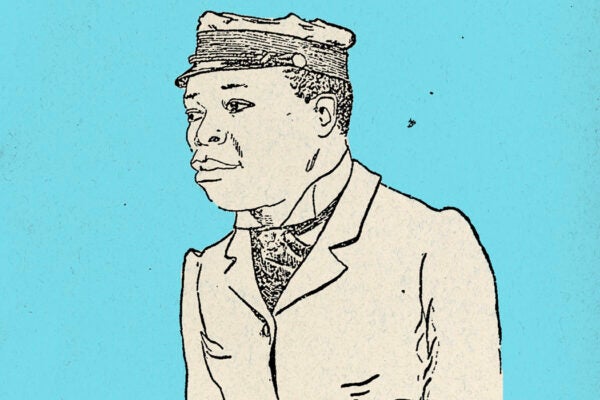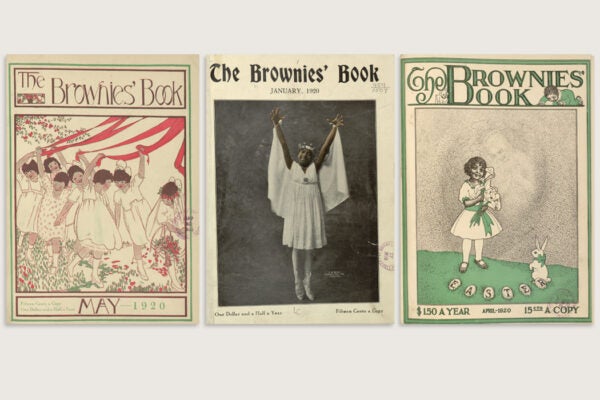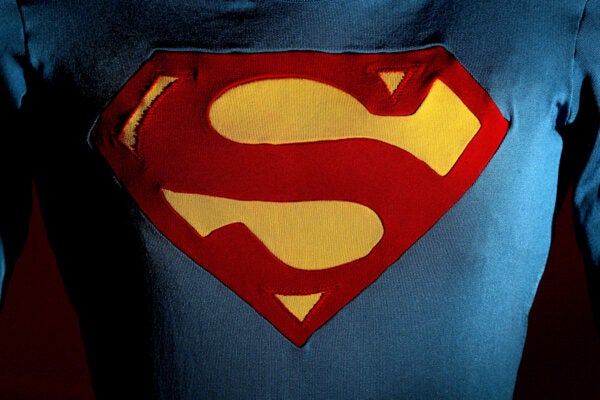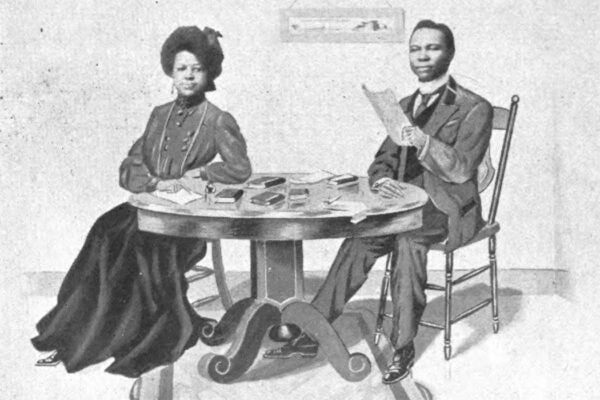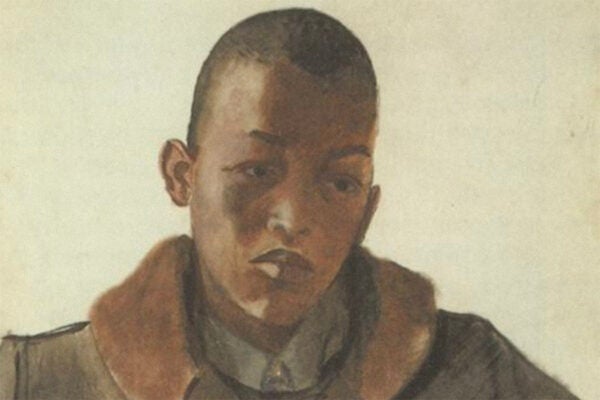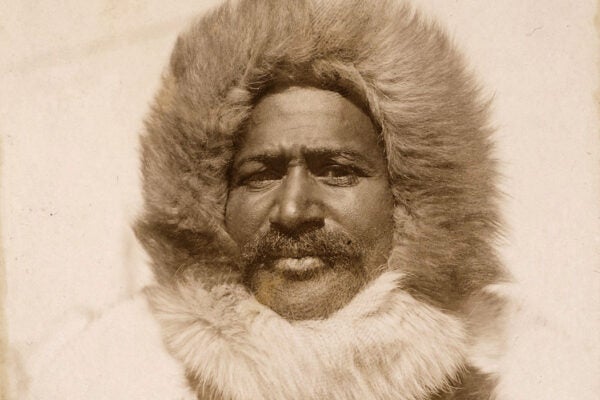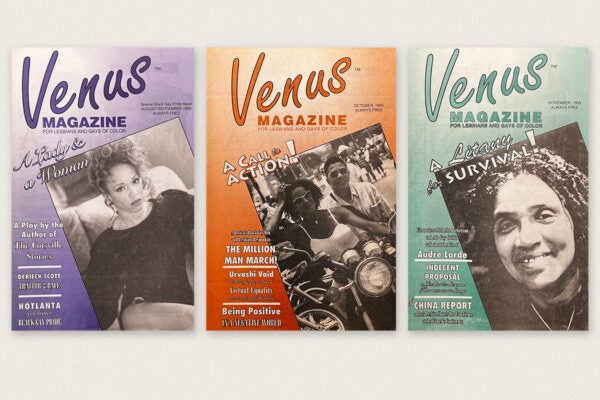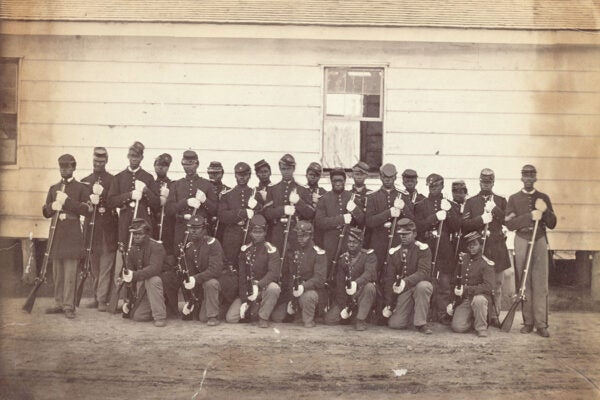The Zulu Prince Scam
In the 1890s, self-proclaimed Zulu princes toured the United States, performing a con game on Americans eager to know Africa and Christianize its peoples.
The Short Life (and A New Revival) of The Brownies’ Book
A new anthology celebrates the life and impact of one of the earliest American periodicals written for Black children.
Still American?
A rumination on Superman, Black consciousness, and living the dream.
Passing Narratives That Pre-Date Black Like Me
In 1905, Robert Gilbert Wells used a fictional character to explore the experience of being a Black man in America.
The Nineteenth-Century Banjo
Derived from an instrument brought to America by enslaved Africans, the banjo experienced a surge of popularity during the New Woman movement of the late 1800s.
Black in the USSR
Soviet artworks that featured Black Americans tended to trade in stereotypes. The paintings of Alexsandr Deineka were an exception.
The First Black American to Reach the North Pole
Matthew Henson partnered with Robert Peary on seven Arctic adventures, but their final success brought an end to a longstanding collaboration.
How the Black Press Helped Integrate Baseball
In the 1930s and ’40s, Black newspapers like the Pittsburgh Courier used their platform to help break the sport’s color line.
From the Black Queer South to the World
Across its twelve-year lifespan, Atlanta-based Venus magazine brought southern voices to the larger Black queer print media network.
The Sanitary Commission’s Other Agenda
The US Sanitary Commission is credited with saving lives during the Civil War, but its leadership hoped it would be remembered for advancing racialized science.
